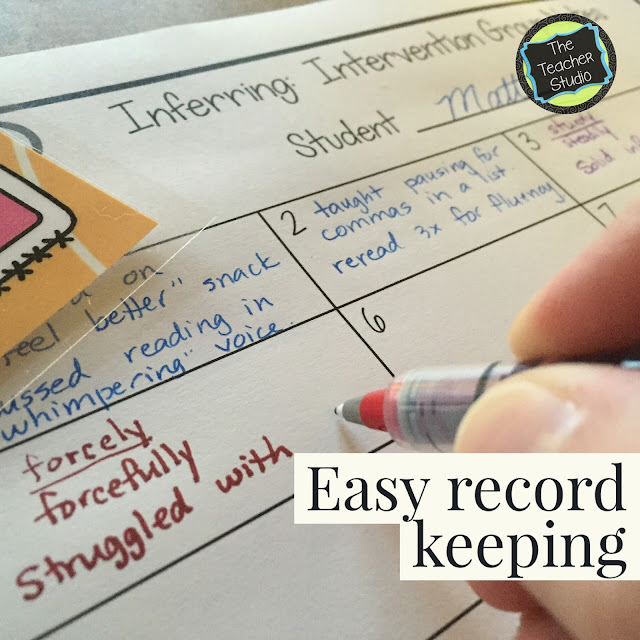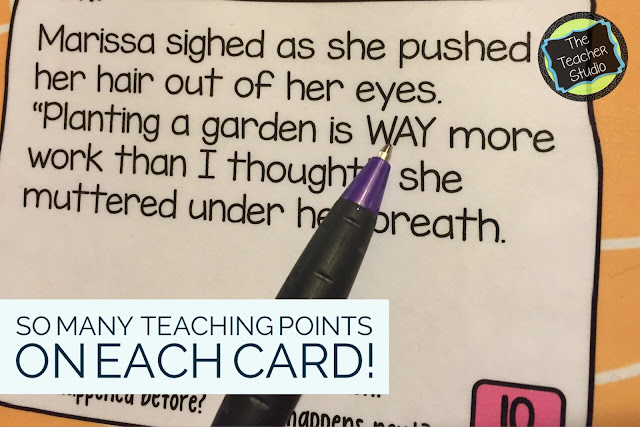If you are like me, you are frequently frustrated with the options for interventions for struggling readers in the intermediate grades. No matter how low a student is, a 10 year old doesn’t really want to read “Henry and Mudge” or “Billy’s New Shoes”–not when their friends are reading and understanding Percy Jackson and Diary of a Wimpy Kid!
That being said, we know that students need “just right” instruction and just right books to read. There ARE some great series starting to appear on the market that look like more “grown up” books with high interest topics yet at accessible reading levels. The “Branches” books seem to really be getting this concept, and I am about to invest some money in more of them to appeal to those struggling readers who are several grade levels behind! (I included a few links at the bottom of this post if you haven’t seen these books)
What about those “gray area students–the ones who might slip through the cracks?
For those students who are CLOSE to grade level, I try to find short interventions that don’t take away from their independent reading time but give me some one-on-one time working on critical reading skills like fluency, context clues, and inferential thinking. After getting tired of scrambling for short and appropriate texts, last year I made some task cards with short text selections that were PERFECT for these 5-6 minute daily meetings. It kept ME organized (no scrambling for resources), they were high interest for my students, they didn’t interrupt their regular reading, I could get through 5-6 students daily, AND I saw the carry over into their regular reading.
I was sold!
I started with a few groups early this year but in recent weeks, a few more students have “graduated” from their more intense interventions with a specialist and now are in my room daily with no support. I wanted to make sure they weren’t left totally on their own during reader’s workshop right away, so I wanted to meet with them daily to do some fluency and inferring work–at a more fourth grade level.
I love this set of cards because there are so many teaching points on each one–and they are only a few sentences long! We can work on our fluency–because the cards are designed to have a variety of “clues” that impact fluency–dialogue, bold words, words in all capitals, as well as a variety of punctuation hints (commas in a series, and so on). There are so many talking points with students–and they can read and reread these short cards really quickly to practice each new concept.
In addition to the fluency work, the cards are written in such a way that students need to imagine the situation–and talk about what might have happened before and what might happen after. This ability to infer enough to place a situation–as well as to infer about character feelings and actions is so critical as students move into more complicated texts. After working with these cards, it’s great to dig into their independent reading books and then find similar situations where we can ask the students to make inferences about characters, settings, and events.
To keep my life easy, I simply keep a recording sheet for each student–and in that short 5-6 minutes, we usually tackle two cards and I jot my notes–words they might have missed, teaching points they struggled with, or other notes I want to remember. It keeps it all in one place and helps me know what cards we have done and how they are progressing.
So…consider seeking out some really short texts to try some of these strategies–reading for fluency for “big kids”–looking for those trickier punctuation and comprehension clues as well as considering different inferring skills. Whether you pull small selections out of your read aloud, use poems, write them yourself, or want to try these cards–these little frequent “mini interventions” have been REALLY effective for my students. Give it a try!
Want to read another post about a “context clues” intervention group I did earlier this year? Just click here to check it out!
Like I said in this older post, ideally, these students would get endless one-on-one attention, but the reality is that there is only one of me. These students are also the same ones who struggle with their independent reading–so not much reading gets accomplished. Pairing their 30 minutes of independent reading with this assortment of 5-10 minute mini-interventions from me is a nice blend of reading experiences. Students are learning to read–and they are feeling like they are developing into “real” readers.
Here are a few of the task card sets I have used with success in my class. I’m open to suggestions for my next set!

Interested in looking at those Branches books? Here are a few–but there are lots more!
The Teacher Studio is a participant in the Amazon Services LLC Associates Program, an affiliate advertising program designed to provide a means for sites to earn advertising fees by advertising and linking to Amazon.com.








